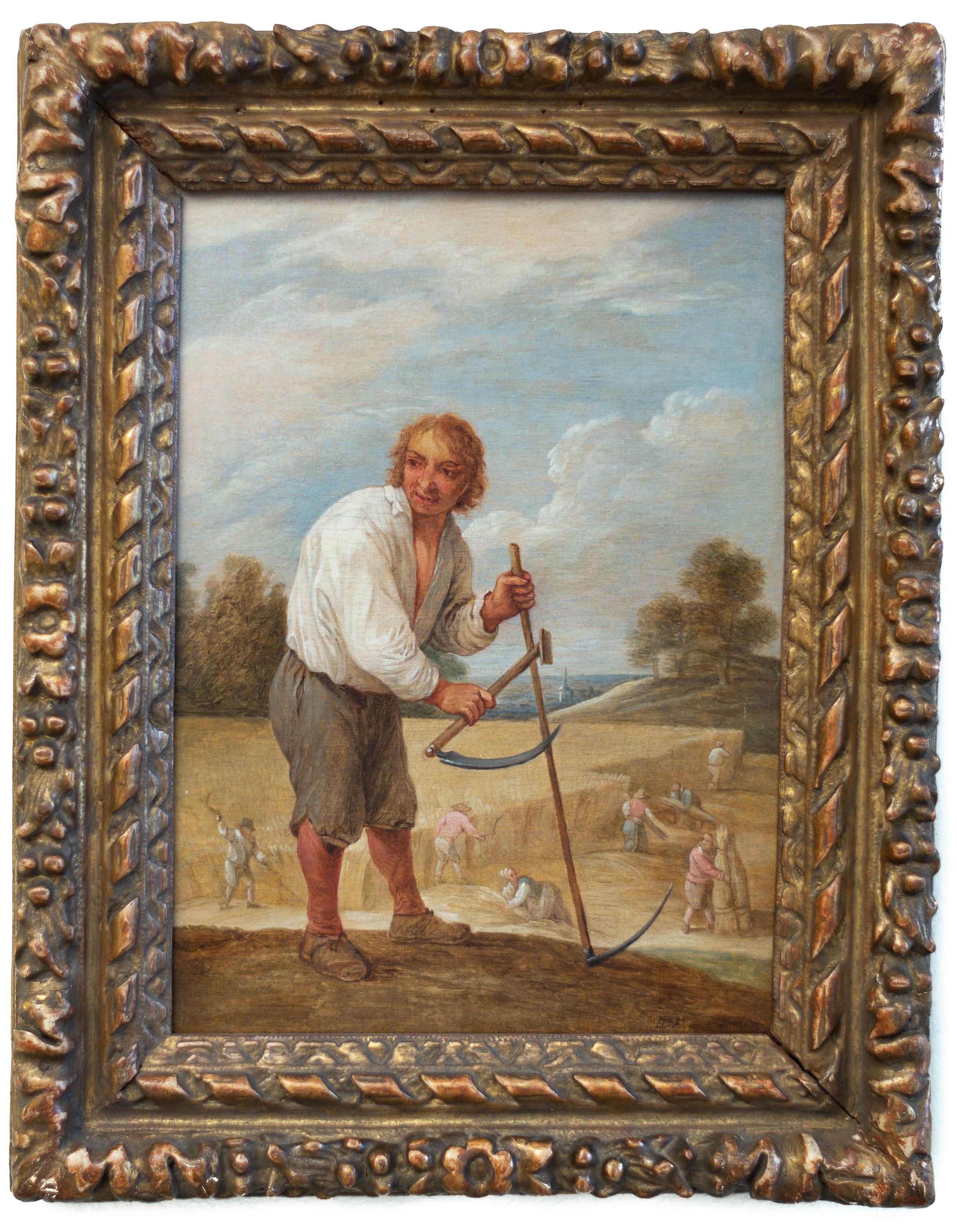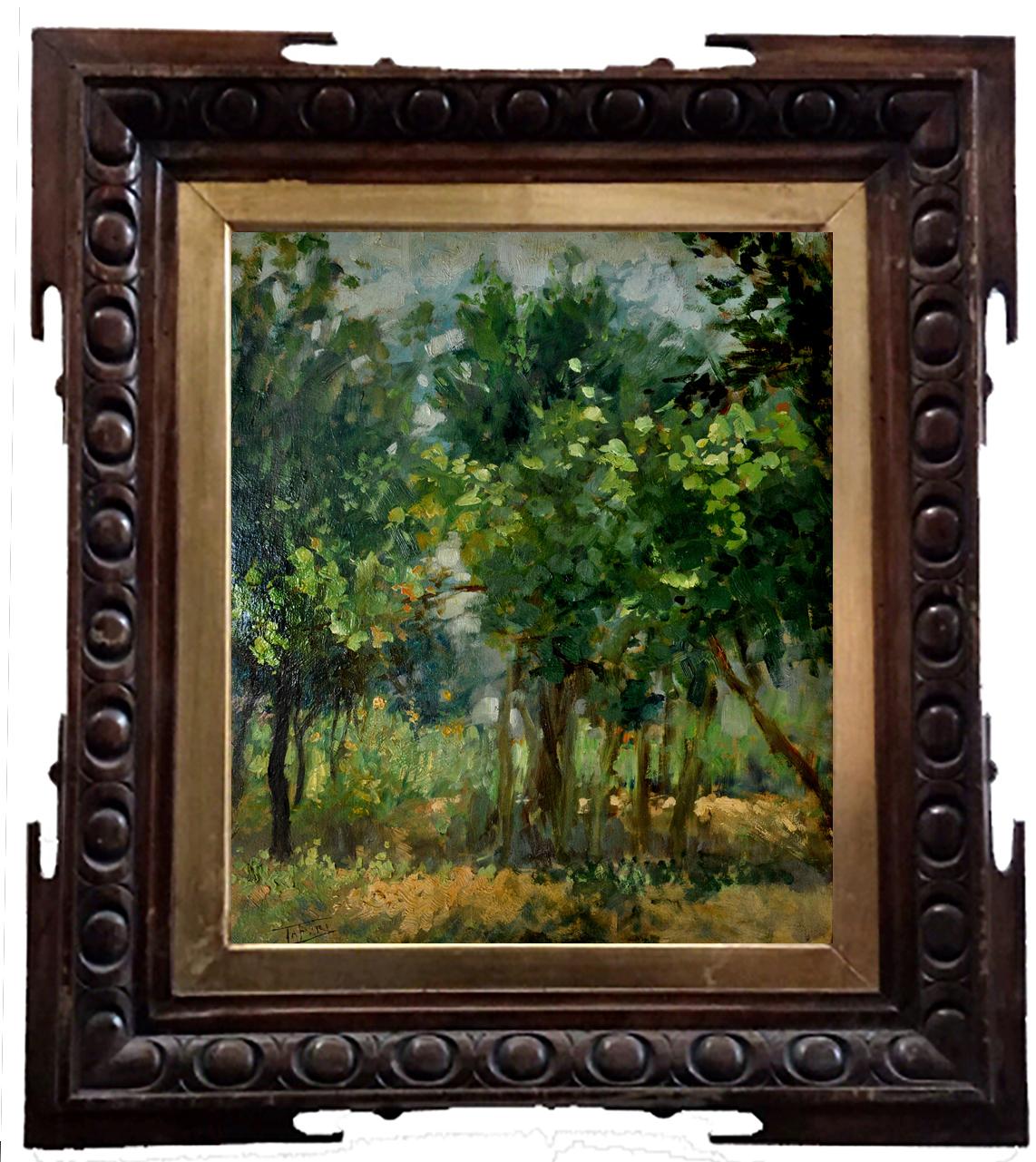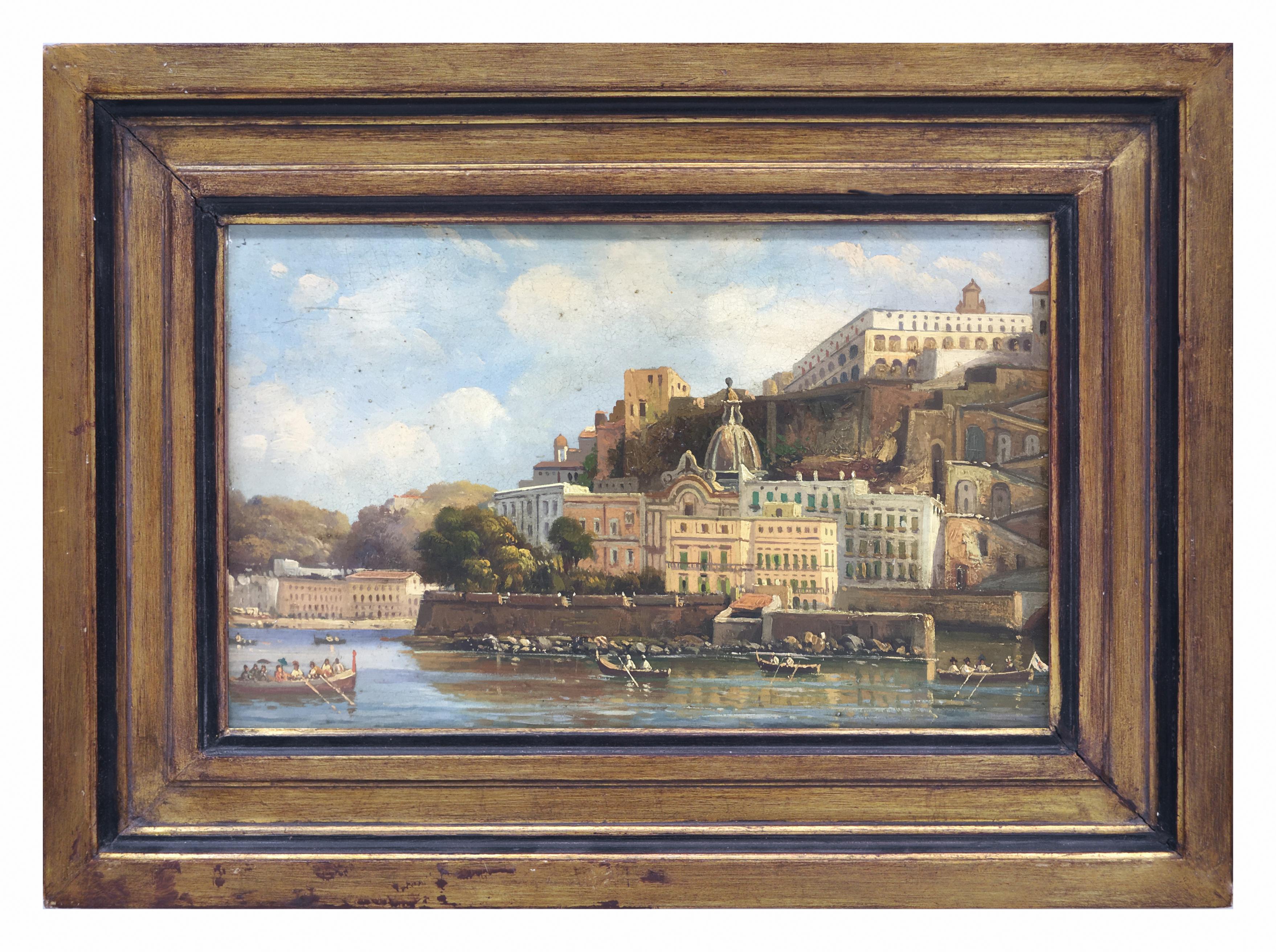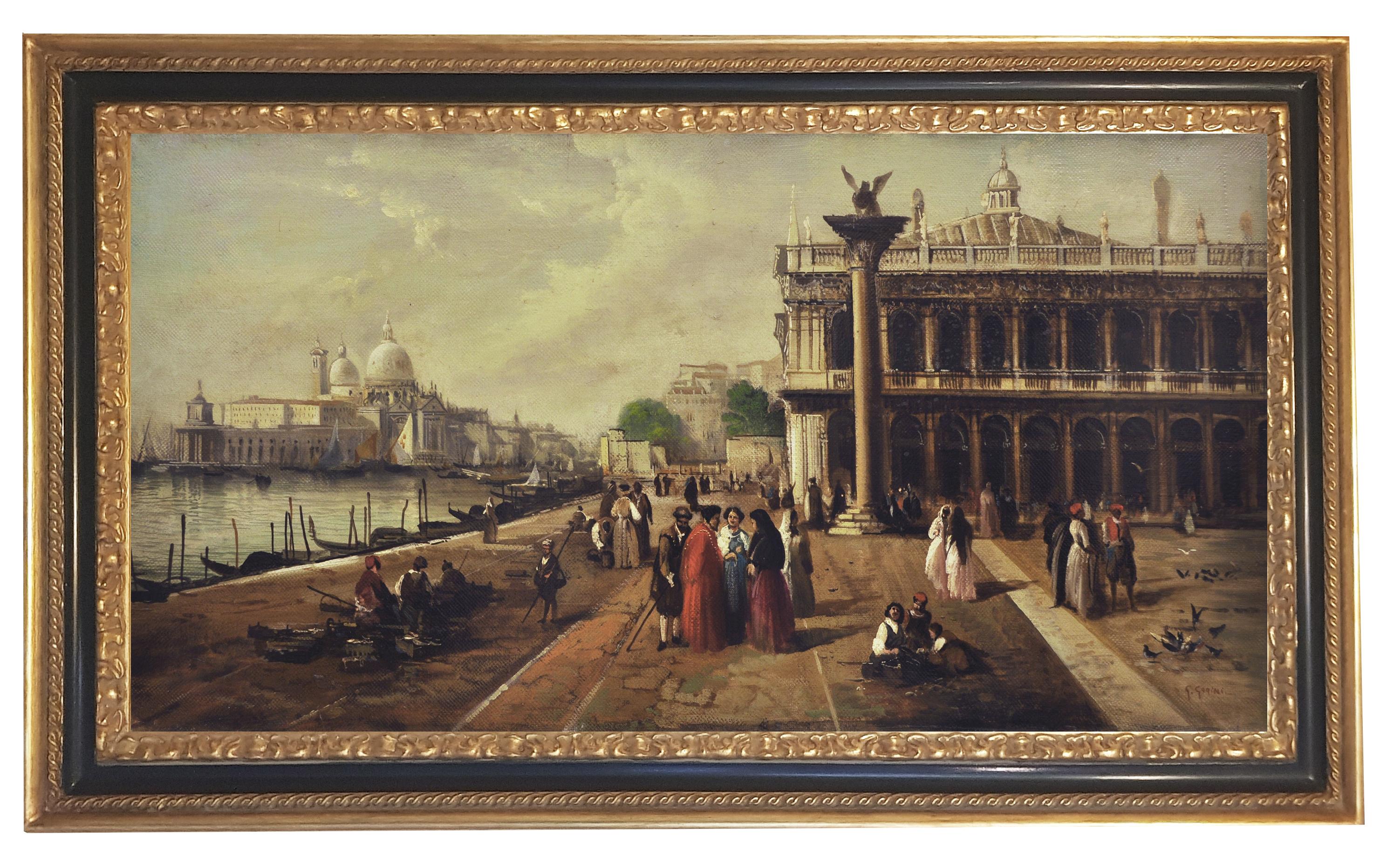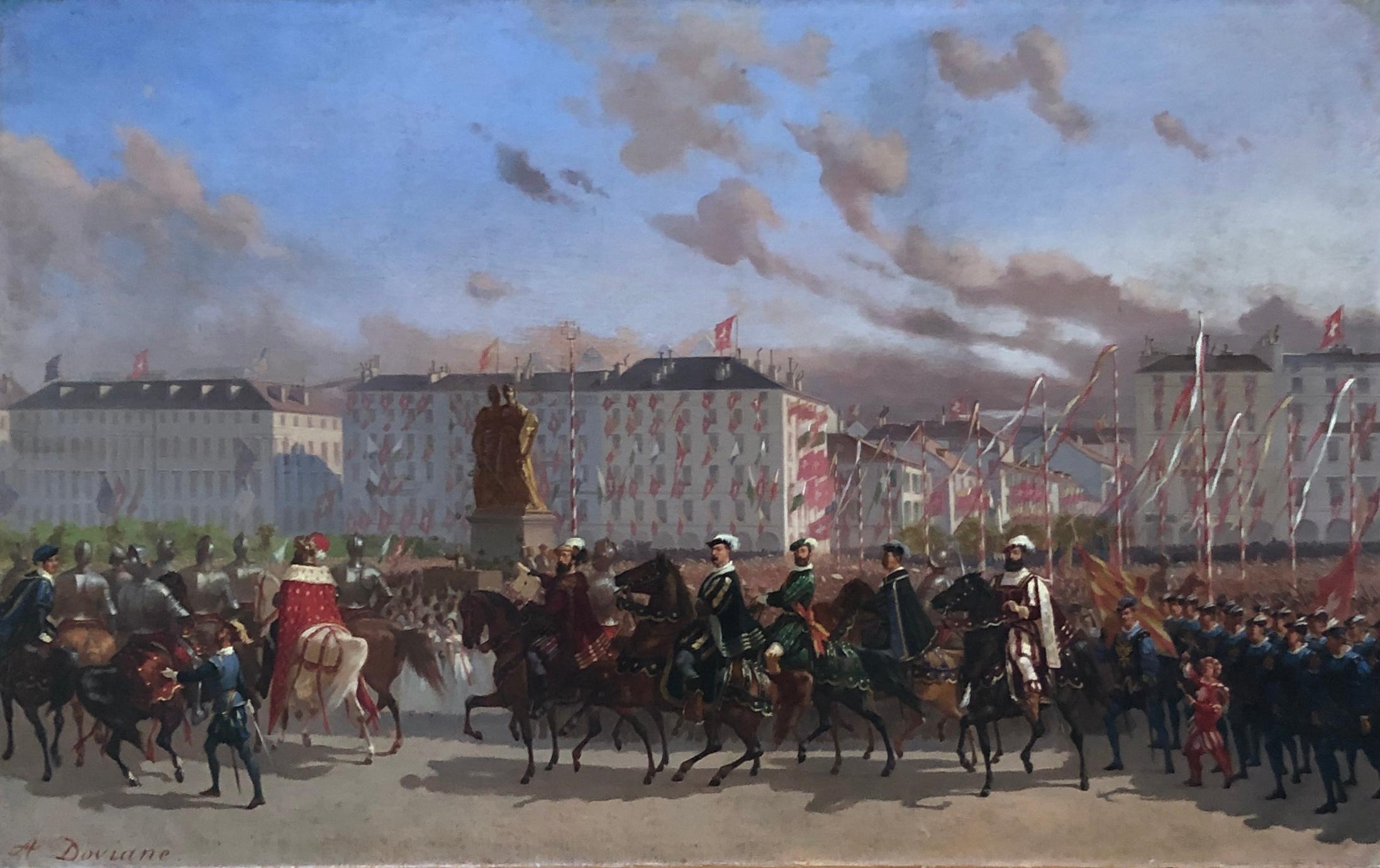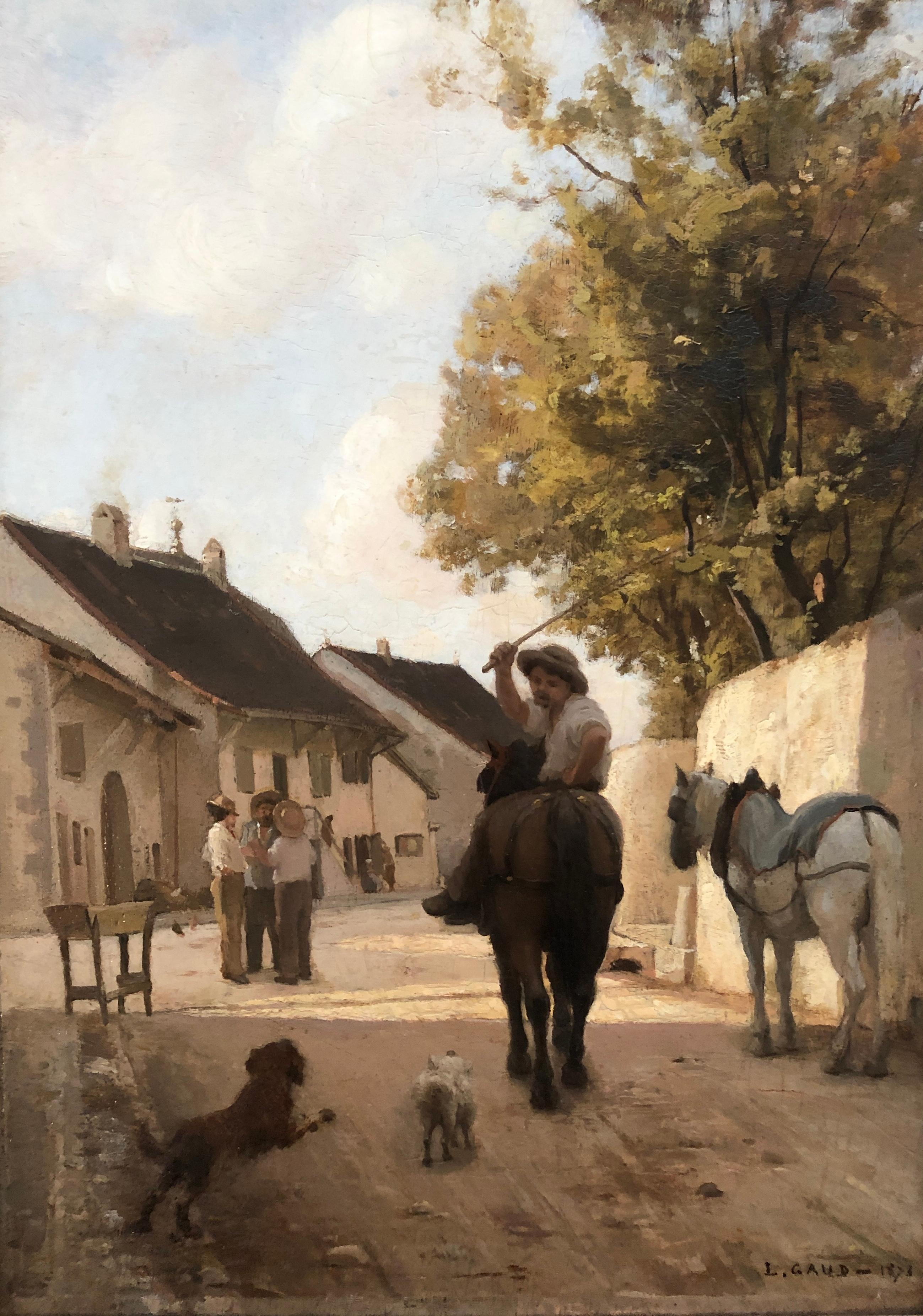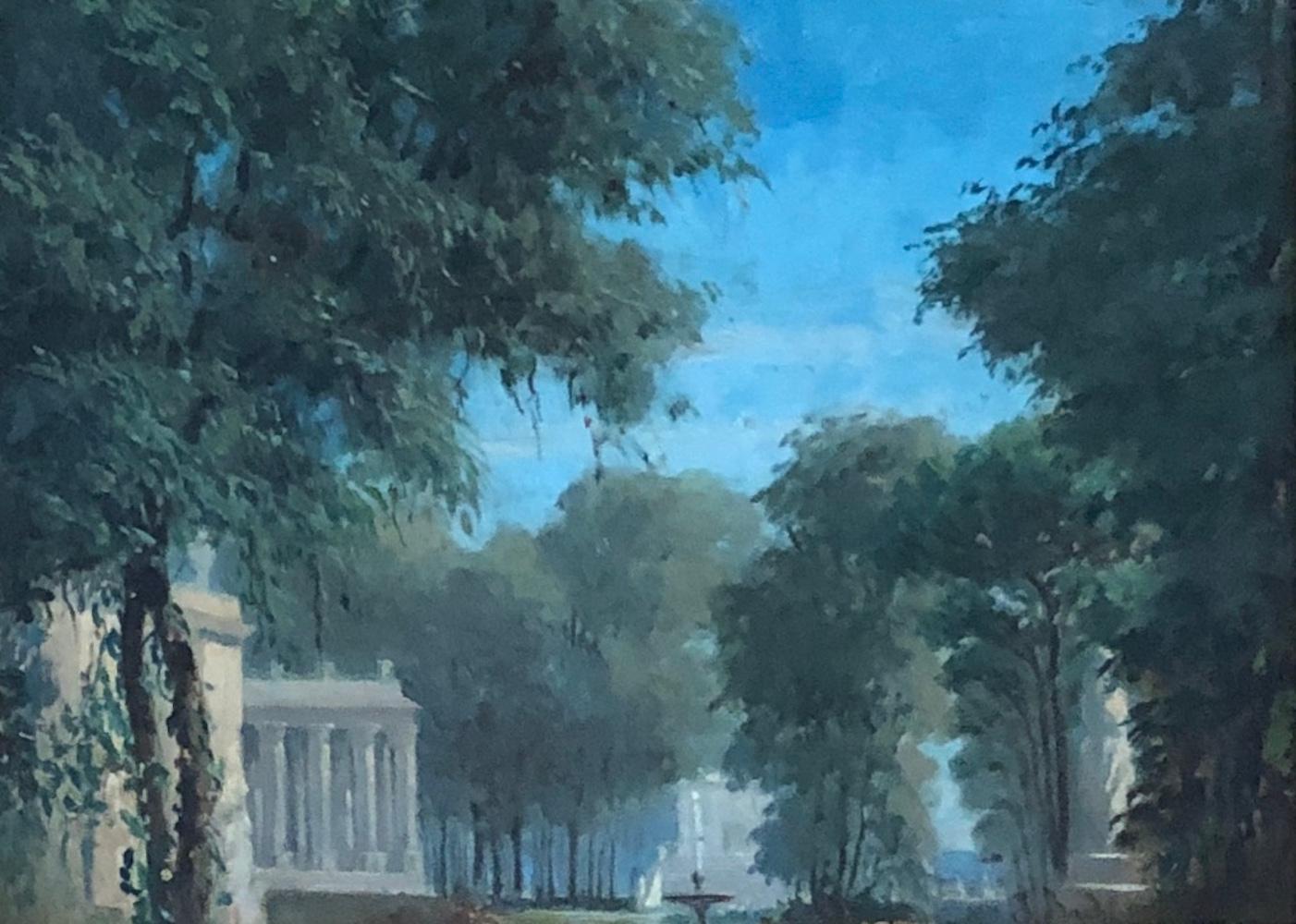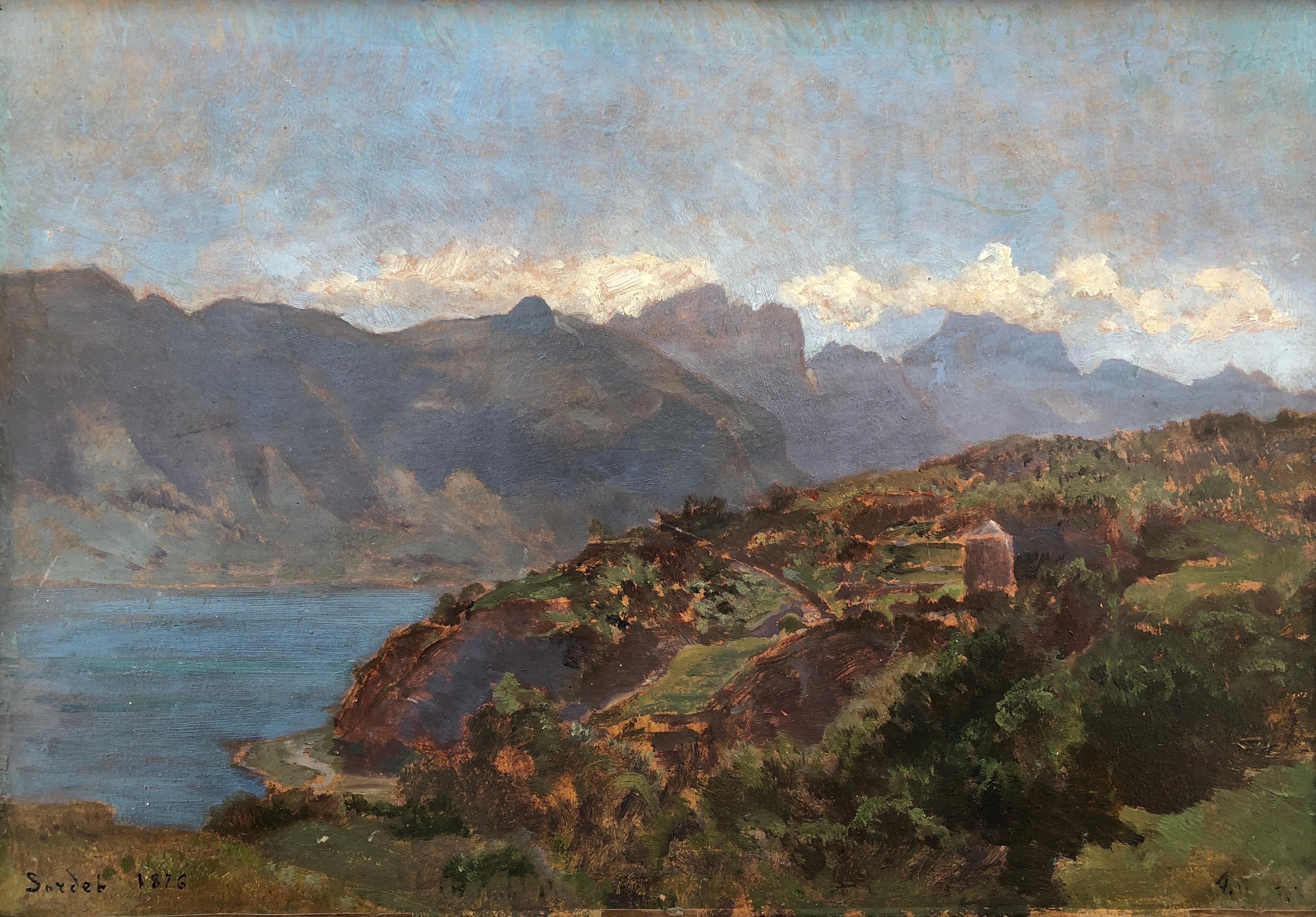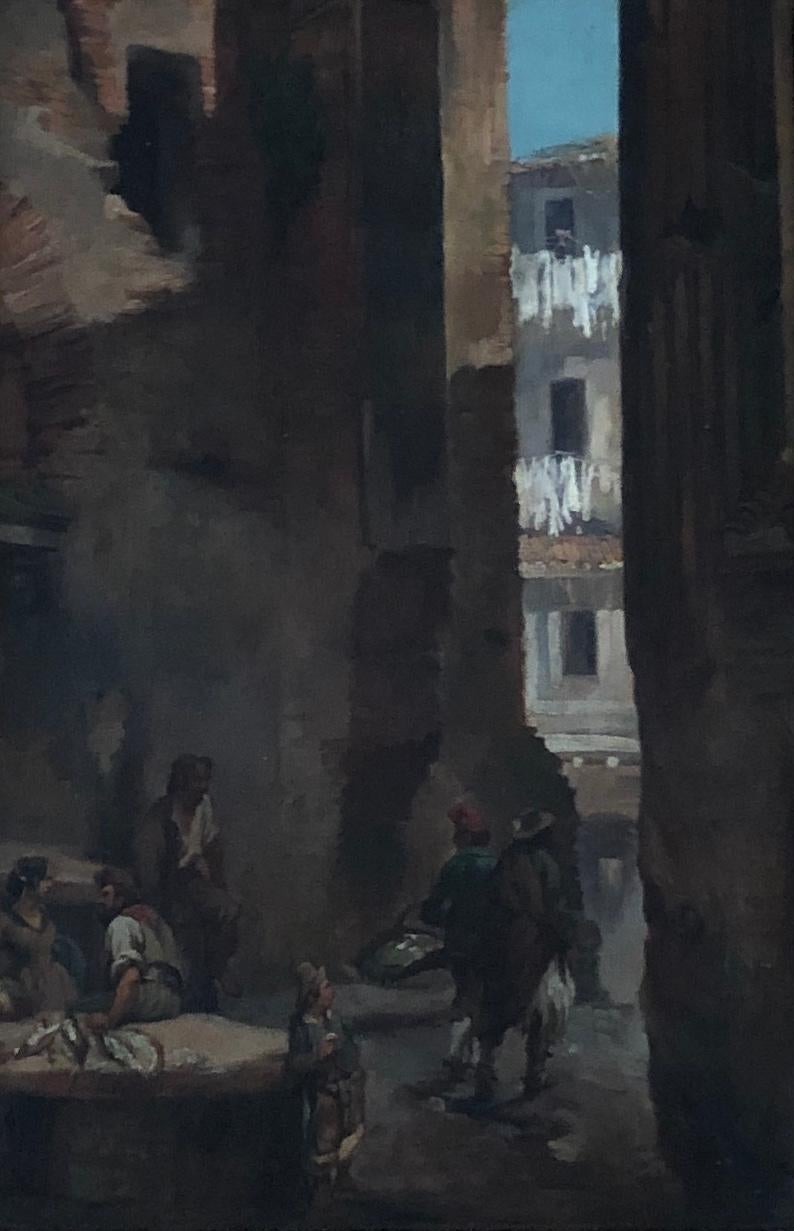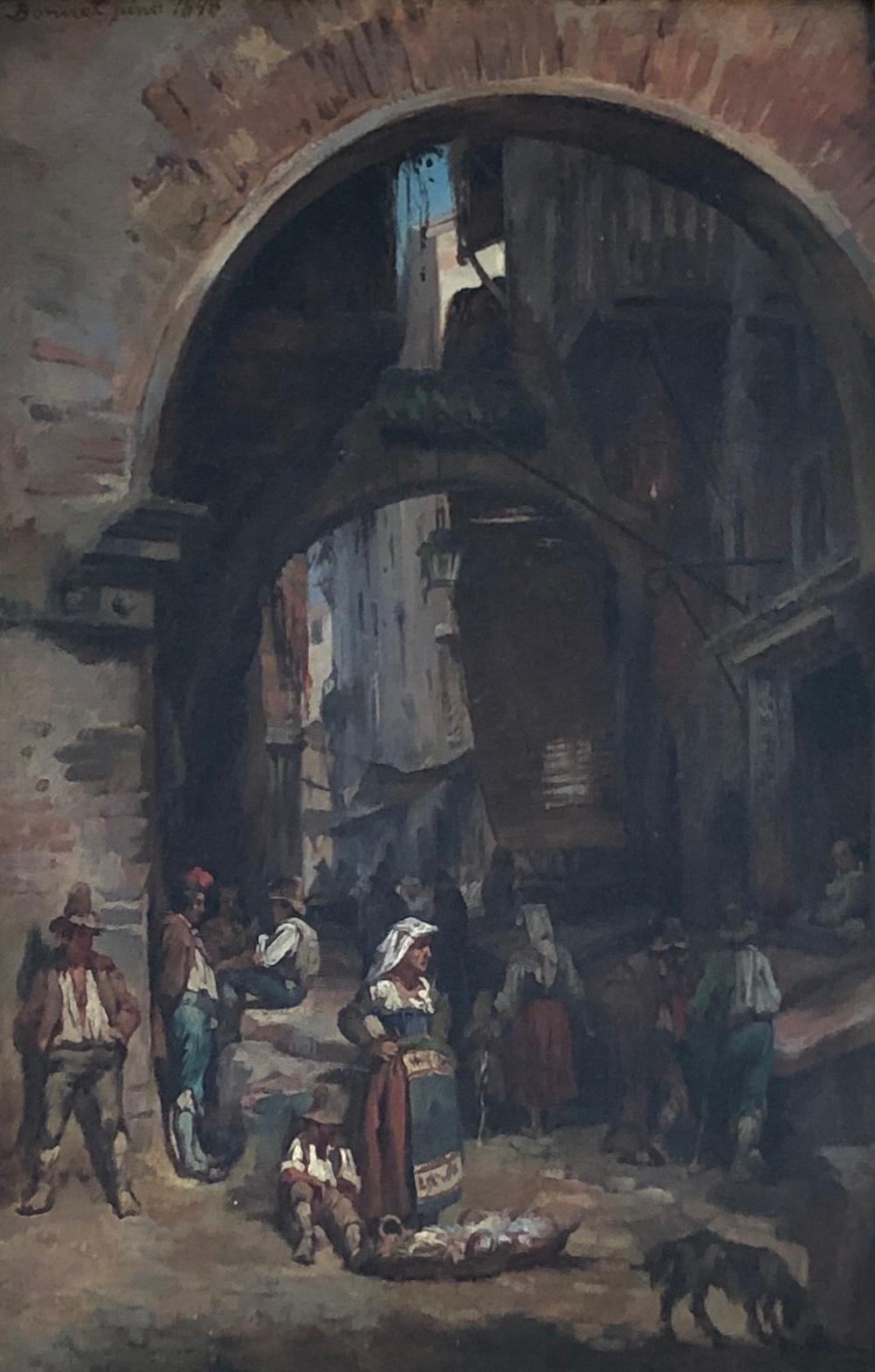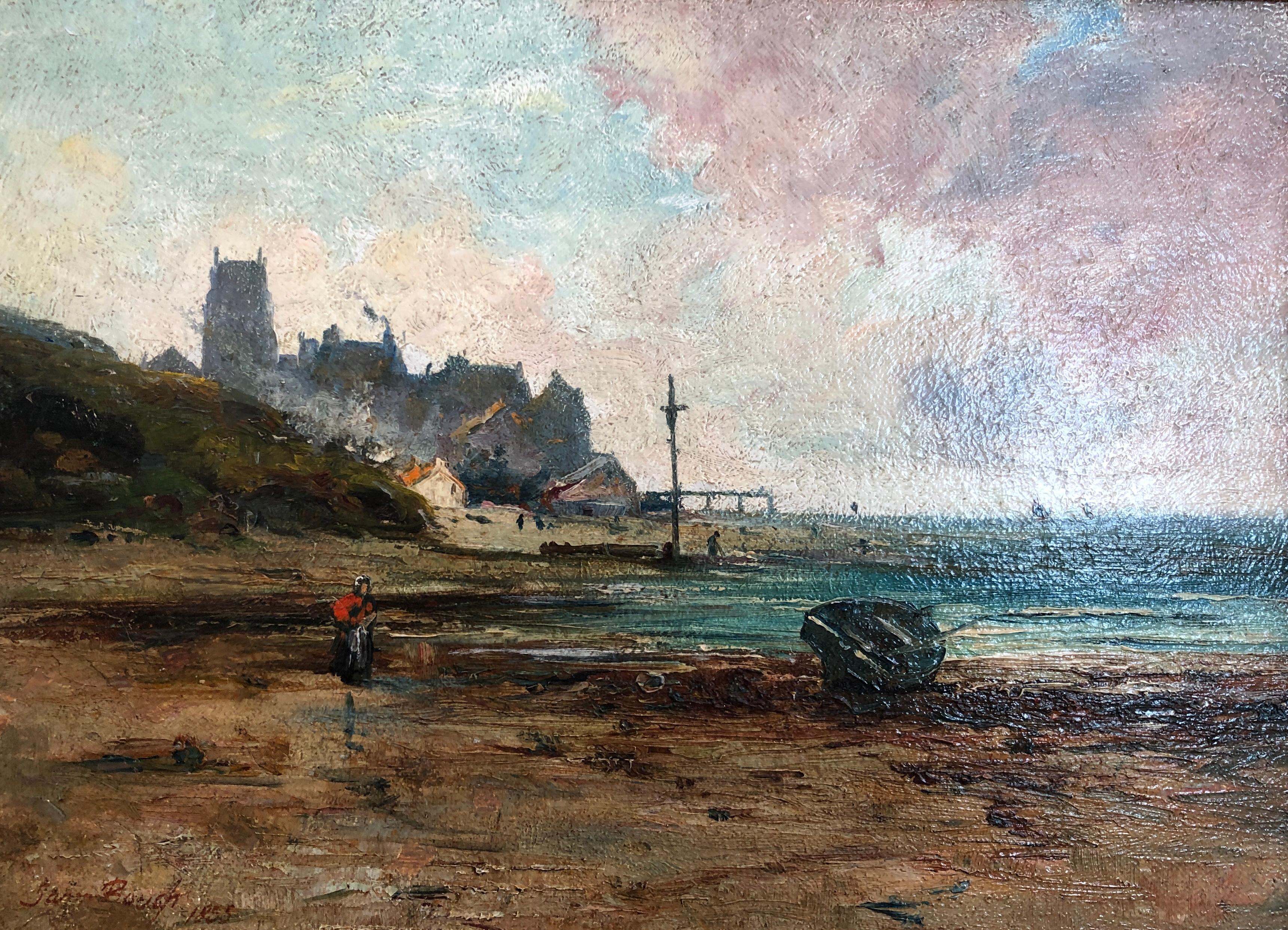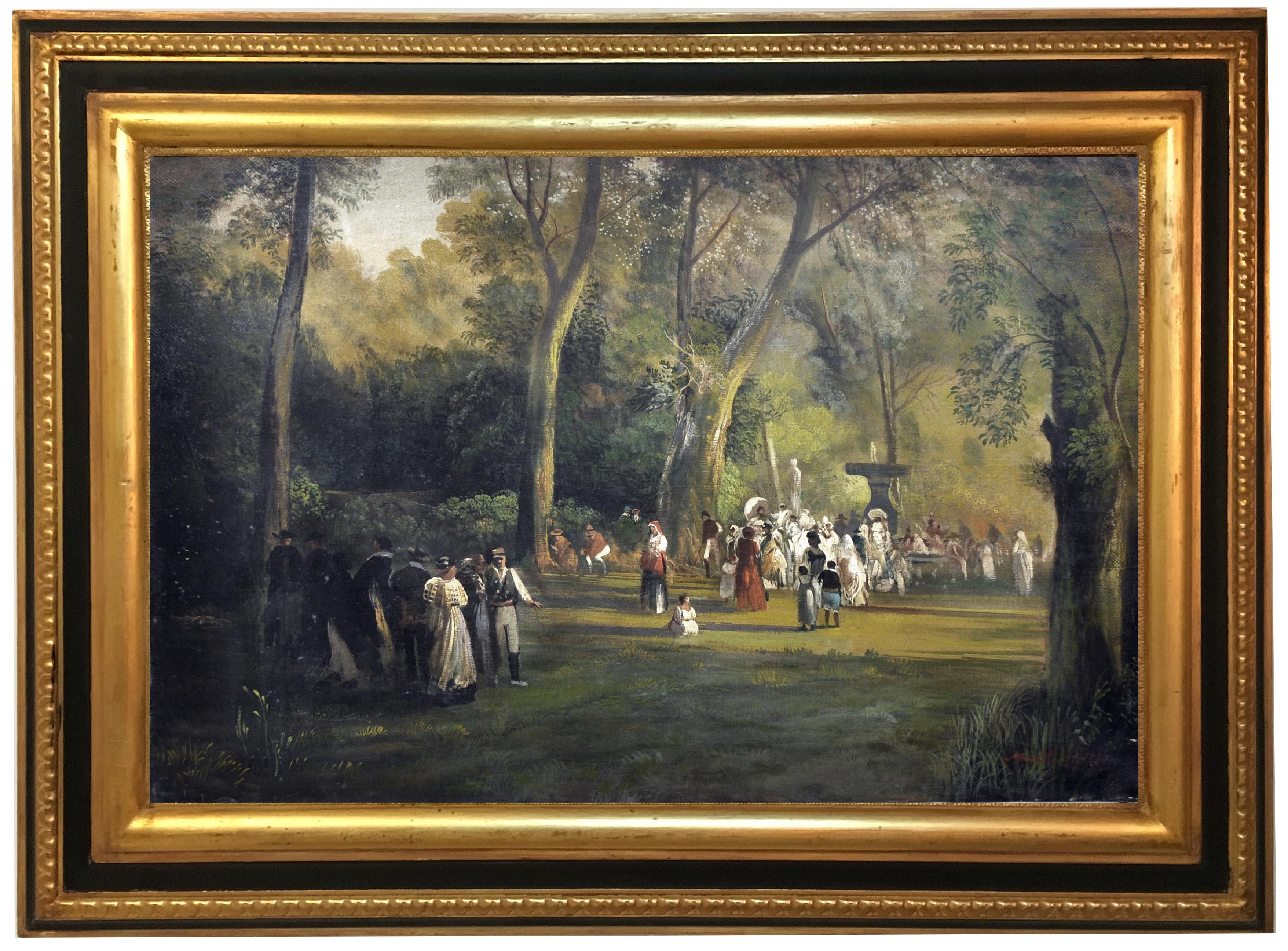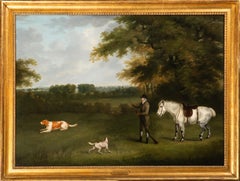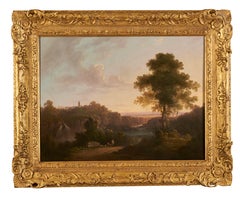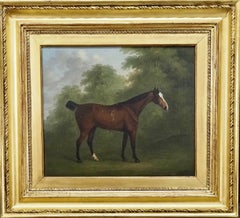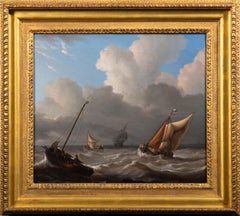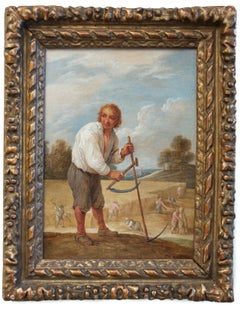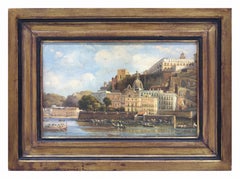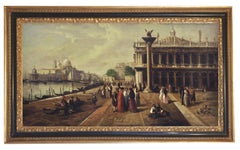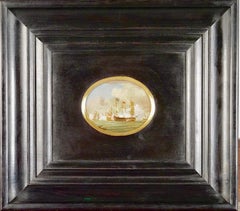
A Naval Engagement
View Similar Items
Want more images or videos?
Request additional images or videos from the seller
1 of 10
Francis SwaineA Naval Engagement
About the Item
- Creator:Francis Swaine (1715 - 1782, English)
- Dimensions:Height: 15 in (38.1 cm)Width: 16.75 in (42.55 cm)
- Medium:
- Movement & Style:
- Period:
- Condition:
- Gallery Location:Stoke, GB
- Reference Number:1stDibs: LU446312353222

About the Seller
5.0
Recognized Seller
These prestigious sellers are industry leaders and represent the highest echelon for item quality and design.
Platinum Seller
Premium sellers with a 4.7+ rating and 24-hour response times
Established in 2009
1stDibs seller since 2016
170 sales on 1stDibs
Typical response time: 2 hours
Associations
LAPADA - The Association of Arts & Antiques DealersInternational Confederation of Art and Antique Dealers' AssociationsThe British Antique Dealers' Association
Authenticity Guarantee
In the unlikely event there’s an issue with an item’s authenticity, contact us within 1 year for a full refund. DetailsMoney-Back Guarantee
If your item is not as described, is damaged in transit, or does not arrive, contact us within 7 days for a full refund. Details24-Hour Cancellation
You have a 24-hour grace period in which to reconsider your purchase, with no questions asked.Vetted Professional Sellers
Our world-class sellers must adhere to strict standards for service and quality, maintaining the integrity of our listings.Price-Match Guarantee
If you find that a seller listed the same item for a lower price elsewhere, we’ll match it.Trusted Global Delivery
Our best-in-class carrier network provides specialized shipping options worldwide, including custom delivery.More From This Seller
View AllA Huntsman with Dogs and Pony
Located in Stoke, Hampshire
John Nost Sartorius (London 1759-1828)
A Huntsman with Dogs and Pony
Signed 'JN Sartorius pin.' lower right
Oil on canvas
Canvas Size 26 3/4 x 37 in
Framed Size - 31 x 41 in
John No...
Category
18th Century Old Masters Animal Paintings
Materials
Oil
A view at Tivoli
Located in Stoke, Hampshire
John Rathbone (1750-1807)
View at Tivoli
Signed lower right
Oil on Canvas
Canvas size - 18 x 24 in
Framed size - 24 x 30 in
John Rathbone was born in Cheshire in 1750 and worked as ...
Category
18th Century Old Masters Landscape Paintings
Materials
Oil
$6,830 Sale Price
50% Off
A bay horse in a wooded landscape
Located in Stoke, Hampshire
John Nost Sartorius (London 1759-1828)
A bay horse in a wooded landscape
Signed 'J.N.Sartorius' lower right
Oil on canvas
Canvas Size - 12 x 14 in
Framed Size - 19 x 21 in
John Nost...
Category
18th Century Old Masters Animal Paintings
Materials
Oil
$7,156 Sale Price
25% Off
Dutch shipping in a choppy sea
By Charles Martin Powell
Located in Stoke, Hampshire
Charles Martin Powell (Chichester 1775-1824)
Dutch shipping in a choppy sea
Signed 'CPowell' lower right
Oil on canvas
Canvas Size - 16 x 19 in
Framed Size - 23 x 25 in
Provenance: The Parker Gallery...
Category
Early 19th Century Old Masters Landscape Paintings
Materials
Oil
$4,462 Sale Price
72% Off
Smack rigged Royal yachts
Located in Stoke, Hampshire
Johann van der Hagen (1676-1745)
Smack rigged Royal yachts
Oil on canvas
Canvas Size 30 x 25 in
Frame Size 37 x 32 in
Provenance: The Parker Gallery.
Johann van der Hagen was a Dut...
Category
17th Century Old Masters Landscape Paintings
Materials
Oil
A pair - Greyhounds coursing
Located in Stoke, Hampshire
John Nost Sartorius (London 1759-1828)
Greyhounds Coursing
Signed and dated 'J. N. Sartorius 1820.' lower centre
A Pair, Oil on canvas
Each Canvas Size - 14 1/8 x 17 1/8 in
Each Fram...
Category
18th Century Old Masters Animal Paintings
Materials
Oil
You May Also Like
Peasants in a Cornfield (Boer in het veld) by David Teniers the Younger
By David Teniers the Younger
Located in Stockholm, SE
Remembering the magic of everyday life moments in the art of David Teniers:
The art of David Teniers the Younger (1610–1690) coincided with the heyday of the Flemish Baroque and captured a great variety of motifs of his time. In this painting of a seemingly simple peasant scene lies keys to understanding both the imaginative mind of Teniers as well as why this time period produced some of the most iconic works in all of art history.
As indicated by the name, Teniers was more or less born into his profession. As the son of David Teniers the elder, himself a painter who studied under Rubens, the younger David received training in art from a very young age and had no less than three brothers who also became painters. Because of his father’s frequent financial failures that even at times saw him imprisoned, David the younger helped to rescue the family from ruin through painting copies of old masters. Essentially, the young Teniers was confronted with painting as both a passion and creative expression as well as a necessity during difficult times, an experience that would shape much of his capacity and sensitivity in his coming life.
Despite the hardships, the talent and determination of Teniers was recognized and quickly expanded his possibilities. He had already spent time in France and possibly also England when he was hired by his father’s former teacher Rubens to help with a prestigious commission with mythological paintings, now considered lost, for Philip IV the king Spain. In 1644–54 Teniers was appointed dean of the Antwerp Guild of Saint Luke, manifesting his esteemed position within the artistic community. A few years afterwards he took an important step when relocating to Brussels, where Teniers yet again found new career opportunities that would prove to be very successful.
As the keeper of the collections of Archduke Leopold Wilhelm, a role similar to what we now refer to as an art advisor, Teniers purchased hundreds of important artworks that manifested the prominent status of the Archduke’s collection while at the same time providing an unusual access to inspiration and knowledge for Teniers himself. Since he kept on painting during the same time, his creative scope must have seemed almost bewildering in the great variety of images and stories that he surrounded himself with.
Regardless of how glamorous and culturally stimulating the career of Teniers was, he was as open to the charm and existential importance of everyday life as he was to works of great masters and luxurious collectibles. In his impressive repertoire of genres with everything from exquisite royal portraits, interiors, landscapes and history paintings he always added something new and inventive, highlighting the possibilities of art and importance of an experimental and intuitive mind. It is difficult to single out one aspect or genre to summarize his legacy, since it lies much more in the broad virtuosity across many motifs, although he is particularly remembered for farm scenes and meticulously depicted interiors where other paintings and artworks are captured with an astonishing precision. However, the fact that he is still today one of the most known and celebrated names of the Dutch Golden Age is a proof to the magic of his work, which continues to spark dialogue and wonder in the contemporary viewer of his works.
The farm boy in the field in this painting, which likely dates to the mature part of his career, is a wonderful entry into the mind of Teniers. In the tightly cropped motif, we see him standing right in the middle of the busy harvest when men, women and everyone capable were sent out in the field to collect the crop that formed the very core of their diet and survival. In the background we see a fresh blue sky interspersed with skillfully painted clouds, some trees reaching their autumnal colours and in the far distance the glimpse of a small church and village. The presence of a church in a landscape, so typical of Dutch art, served both a symbolic and visual function as a representation of faith while at the same time defining scale and distance.
In the field, the work is in full action with the farmers spread out in various positions, all in the midst of hard and sweaty labour. While they are portrayed as having nothing else than the work on their mind, our farm boy seems to have his attention directed elsewhere. Standing there with his white, half open shirt, flowy curls and strong, sturdy body; his gaze is directed away, out of the picture and the scythes in his hands. He looks almost smirking, expressed with tremendous subtlety in the slight smile of his lips and big eyes, being just in the middle of losing focus on the work. What is it that steals his attention? What has he seen, or realized, or felt – to break him free of the arduous task of harvesting, if but for a moment?
Here starts the wondering and the questions that are the hallmark of a great piece of art. Instead of explicitly locking in the motif in overly clear symbolism Teniers has chosen an open ended, subtle yet striking moment for us to consider. While it of course can be related to numerous other farm scene depictions of this time, and clever usages of gazes and real-life scenes to underscore various moral or symbolic meanings, the painting can be much more of a contemplation than an explanation or illustration. The ordinary nature and understated yet emotionally textured composition of the motif gives greater space for our own reactions and thoughts. Has he seen a pretty farm girl just passing by? Is he fed up with the farm life, joyously dreaming away for a minute, imagining another future? Or is he simply in need of distraction, looking away and ready for anything that can steal his attention?
One quality that never seem to have escaped Teniers was that of curiosity. During all of his career he constantly investigated, expanded and experimented with not only the style and technique of painting, but with the vision of art itself. Being credited with more or less introducing farm motifs for a broader audience not only tells us of his ability to understand the demand for different motifs, but the sensitivity to transform seemingly ordinary parts of life into deep aesthetic experiences, far beyond their expected reach. The farm boy in this painting is, of course, exactly that. But with the help of one smirk the entire picture is charged with a different energy, awakening many contrasts and relationships between the calm landscape, the hard work and his own breach of effectivity, holding sharp scythes while thinking or seeing something else.
It is no wonder Teniers chose to work with farm scenes as a way of investigating these intricate and delicate plays on expectations and surprises, clarity and ambivalence. It invites us to an appreciation of human everyday life that connects us with the people of 17th century...
Category
Late 17th Century Old Masters Landscape Paintings
Materials
Canvas, Oil
IN THE WOOD - Italian landscape oil on board painting, Raffaele Tafuri
Located in Napoli, IT
IN THE WOOD - Italian oil on board framed painting, Italy, xx sec, Raffaele Tafuri.
External measurement cm.66x59
Raffaele Tafuri (1857-1929) was an I...
Category
Early 1900s Old Masters Landscape Paintings
Materials
Oil, Board
MARINE - Posillipo School - Italian Landscape Oil on Board Painting
By Enrico Capuano
Located in Napoli, IT
Marine - Enrico Capuano Italia 2009 - Oil on board cm. 20x33
Category
Early 2000s Old Masters Landscape Paintings
Materials
Oil, Board
VENICE -In the Manner of Canaletto- Oil On Canvas Italian Landscape Painting
By Giancarlo Gorini
Located in Napoli, IT
Venice - Giancarlo Gorini Italia 2002 - Oil on canvas cm.50x100
Gold leaf gilded wooden frameavailable on request
Giancarlo Gorini's canvas is an extraordinary work of Italian lan...
Category
Early 2000s Old Masters Landscape Paintings
Materials
Canvas, Oil
Escalade Festival in Geneva
Located in Genève, GE
Work on canvas
Category
Mid-19th Century Old Masters Figurative Paintings
Materials
Oil
Village in the Geneva countryside
Located in Genève, GE
Work on wood
Golden wooden frame
57 x 44.5 x 5 cm
Category
1870s Old Masters Landscape Paintings
Materials
Oil
